The Japanese Pantry
Recipes &
Ingredient Guides
Share this Post
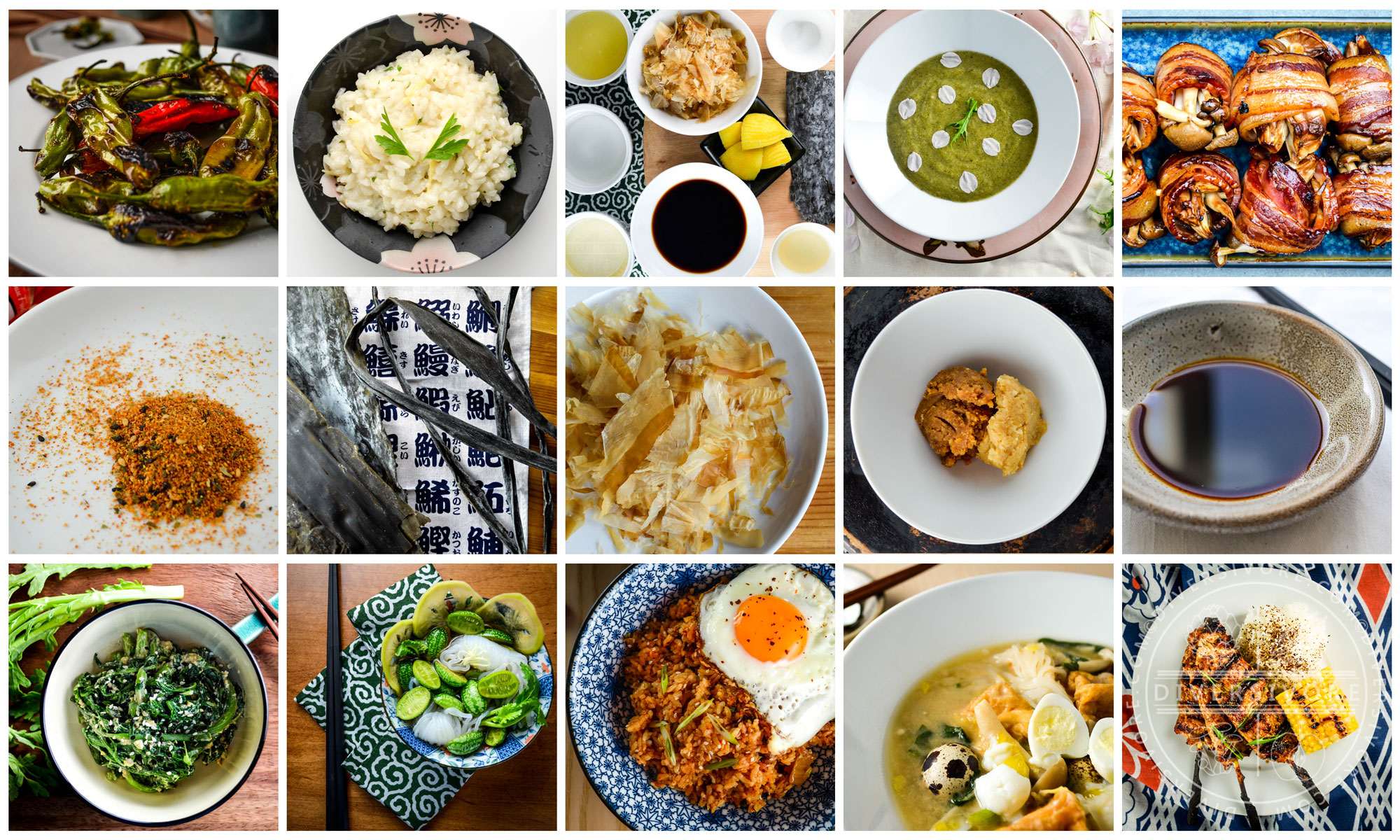

The popularity of Japanese food has grown exponentially around the world thanks to flavours that are both distinctive and universally appealing. Despite this, Japanese cooking remains something of a mystery to many home cooks. Much of this has to do with the fact that the basic Japanese pantry relies heavily on ingredients that are generally unfamiliar in the West. On top of this, even relatively familiar ingredients like soy sauce and miso can be extremely nuanced and complex in both variety and usage.
This ever-growing collection is designed to help you navigate the kitchen staples used in Japanese cooking. At the top of the page you’ll find links to all of the Diversivore Pantry Pages relevant to this subject. Each of these pages contains an in-depth guide designed to help you find, choose, and use an ingredient in the best possible way. Once you familiarize yourself with the ingredients, you’ll definitely want to get cooking – which is why you’ll also find a collection of wonderful recipes here on Diversivore. Most of the recipes are, understandably, Japanese – but Japanese pantry ingredients also work well with a variety of other cuisines, so you’ll see a few surprising entries as well (like risotto).
Pantry Pages
Below you’ll find all of the Japanese Pantry Pages currently on Diversivore. Each of these guides includes detailed information on finding, choosing, and using the given pantry staple in and clear and easy-to-navigate format.
Recipes
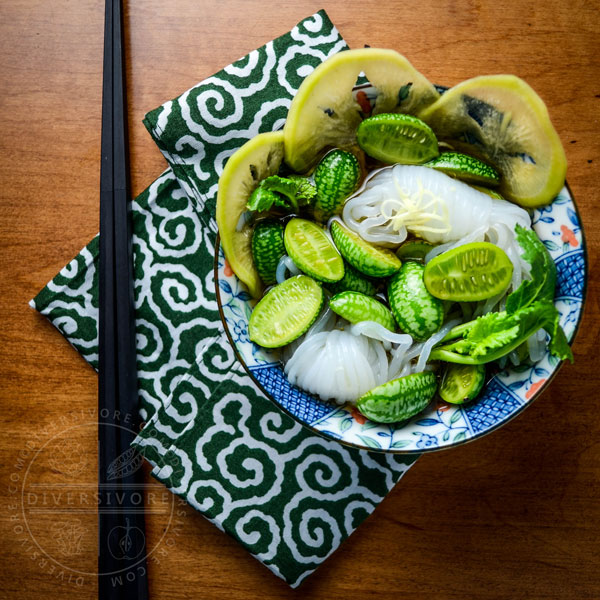

Cucamelon Sunomono
Cucamelons make this ridiculously cool/cute looking, but it’s very easy to adapt to regular cucumbers or any number of other vegetables. The noodles are shirataki – a special type of noodle made from konjac root – and they’re virtually devoid of calories.
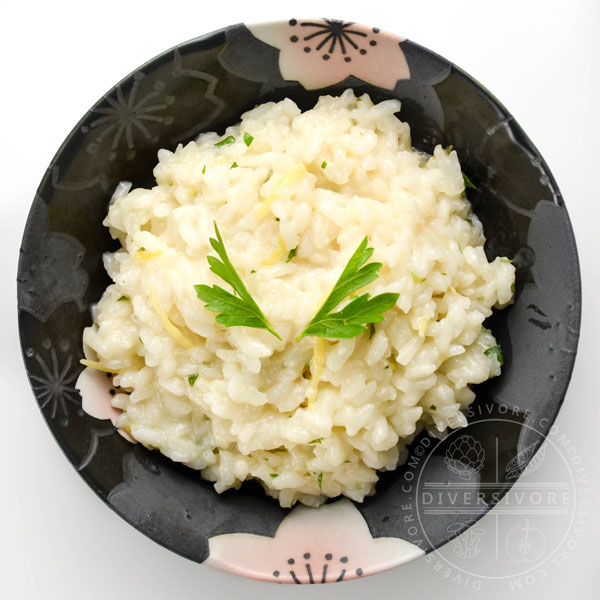

Japanese Lemon Herb Risotto
A fun experiment that also happened to be ridiculously delicious, this creamy and rich risotto uses Japanese short grain rice, sake in place of white wine, and plenty of bright, delicious lemon.
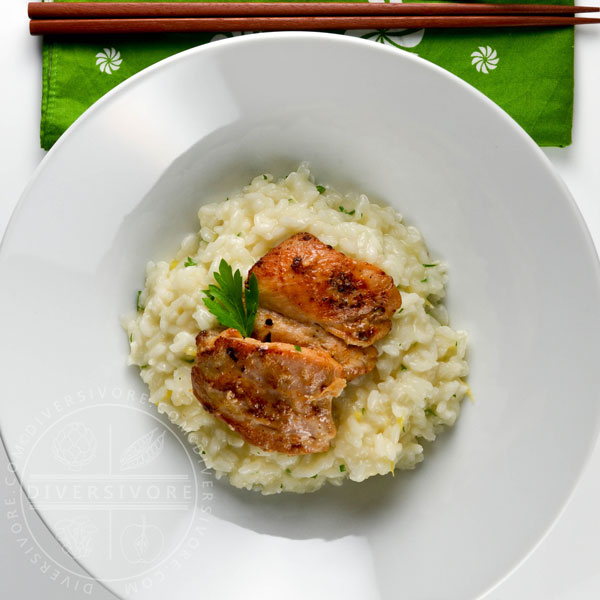

Ginger Karashi Chicken
Here’s what you need to know about karashi mustard. It’s not the same as standard yellow mustard (it is related), it’s got some kick, and when you use it with ginger to cook chicken, it’s AMAZING.
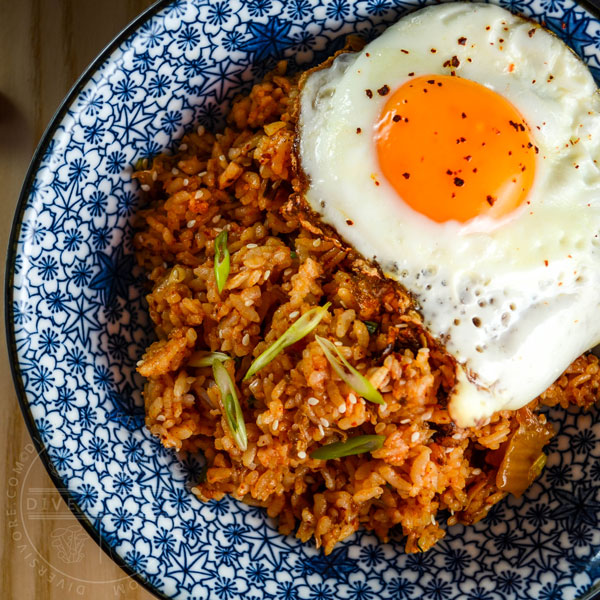

Kimchi Fried Rice
I know, I know, kimchi isn’t Japanese. Not by a long shot. BUT – mirin is. And mirin is a tasty and valuable part of the Korean culinary pantheon as well. Remember folks, it doesn’t have to be straight-up Japanese food for you to use Japanese ingredients.
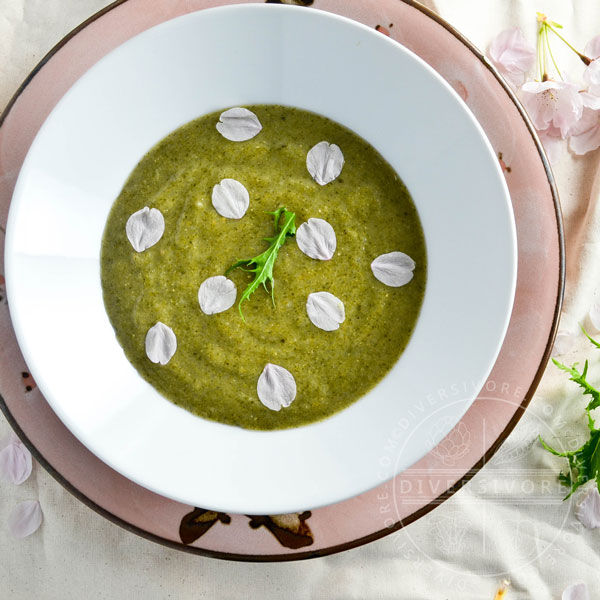

Japanese Nettle Soup
This vegan soup is what happens when you take a bunch of Japanese ingredients and cooking techniques and use them to work with some non-Japanese greens. In this case, the greens are wild stinging nettles. The soup, which pulls enormous flavour from miso, mirin, kombu, and shiitake mushrooms, is a wonderful spring treat. So put on some gloves and get some payback on those nettles.
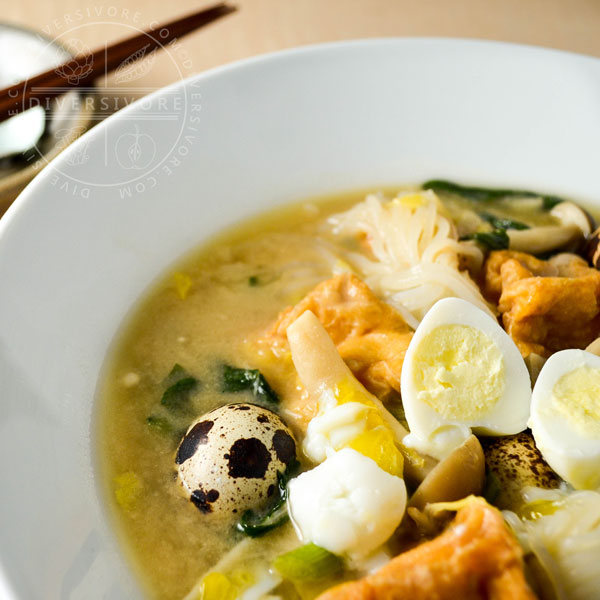

Kitsune Nabe
Miso & Vegetable Stew with Fried Tofu & Quail Eggs
This is one of my favourite examples of working with Japanese ingredients – so many things here are unfamiliar to many Western chefs, and yet the end result is an incredible and deliciously comforting vegetarian soup/stew. If you want to dive into the Japanese pantry in a big way, this recipe is a great way to do it without getting lost or overwhelmed.
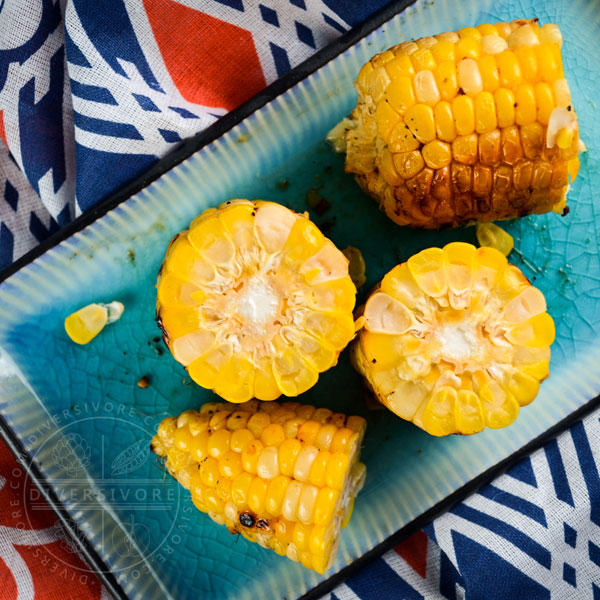

Miso Grilled Corn
Also called yaki tomorokoshi, this is a twist on standard corn-on-the-cob that is both easy and tasty. The sweetness of the corn, the rich butter, and the savoury/umami character of the miso all make for a unique and delicious side.
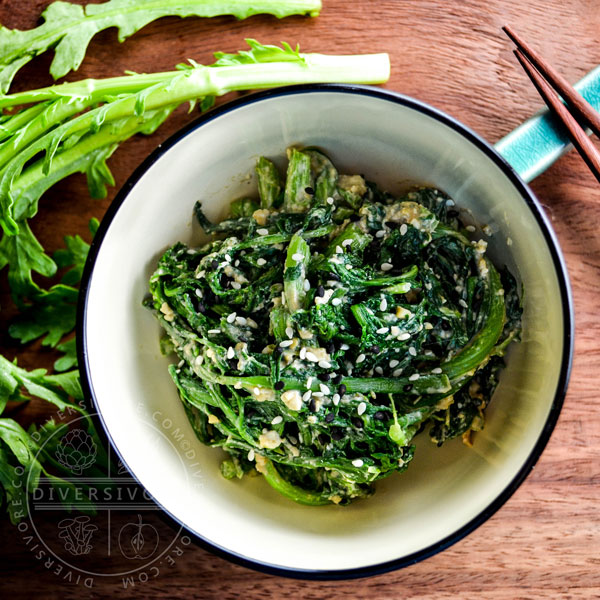

Shungiku no Goma-ae
Garland Chrysanthemum with Sesame Miso Dressing
Shungiku is the Japanese word for garland chrysanthemum (commonly referred to even in English by its Cantonese name, tong-ho). It’s easy to find in Asian grocery stores, and it’s got a distinctive floral and herbal quality that works really well with miso and sesame. The basic sauce here would also work very well with more common ingredients like spinach.
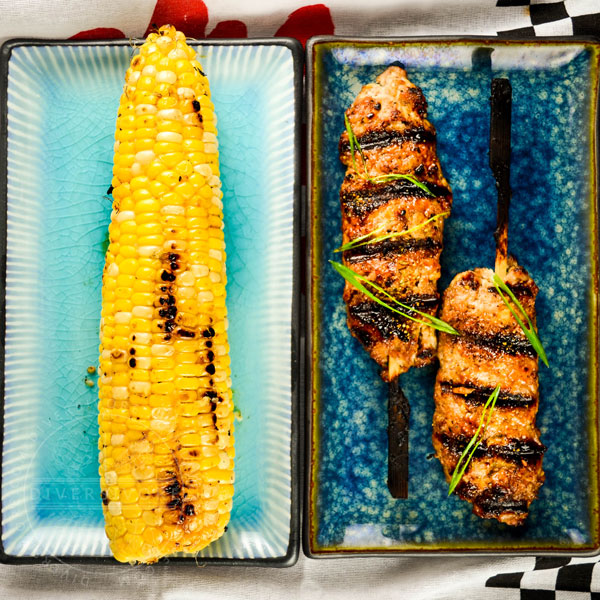

Chicken Tsukune
Yakitori is actually a broad category of grilled foods. The common chicken and scallion version (called negima yakitori) is undoubtedly delicious, but chicken meatballs (tsukune) are every bit as good. This recipe uses miso and a few secret ingredients to deliver a meatball that also happens to be very allergy friendly, as it lacks dairy, egg, or wheat.
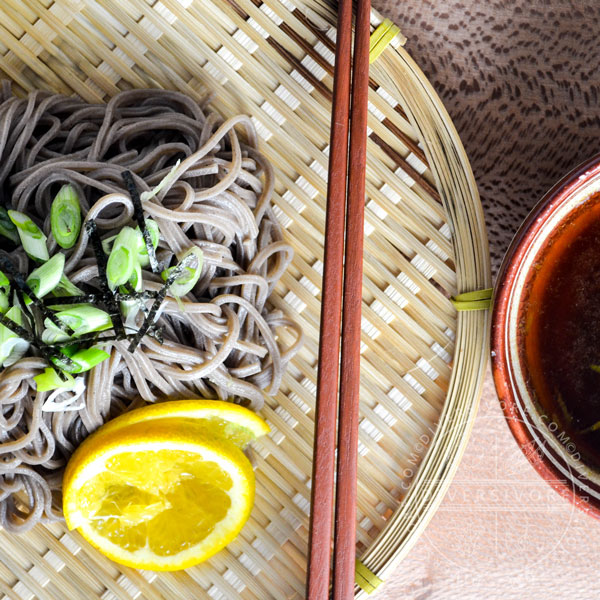

Mandelo Zaru Soba
Zaru soba is one of those amazing dishes that’s about as simple as it can get while being a flavourful break from the ordinary. The tsuyu (dipping sauce) along with the sweet/citrus hit from the mandelo really pops against the distinctive taste of the buckwheat noodles.
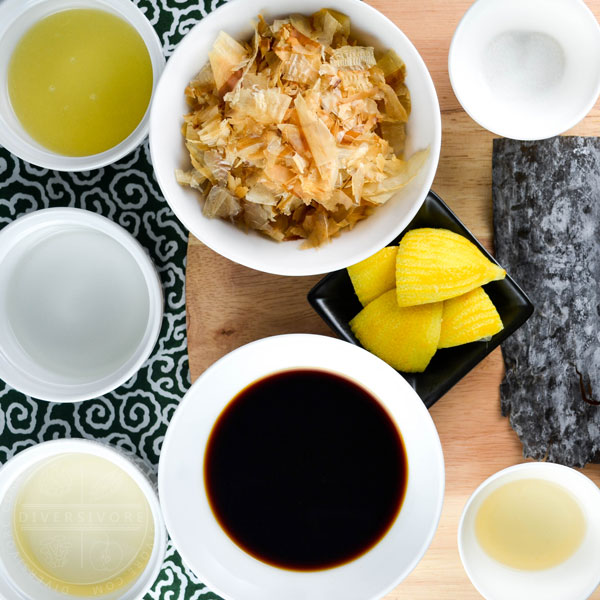

Scratch Ponzu Shoyu
Ponzu shoyu is a citrus-infused soy dipping sauce, typically made with yuzu or another Asian regional citrus variety. This simple but authentic recipe uses yuzu juice (which can be found at Japanese grocery stores) and lemons along with basic Japanese pantry staples to create a fantastic sauce that will blow store-bought out of the water. You can use ponzu with sashimi, or for the next two recipes.
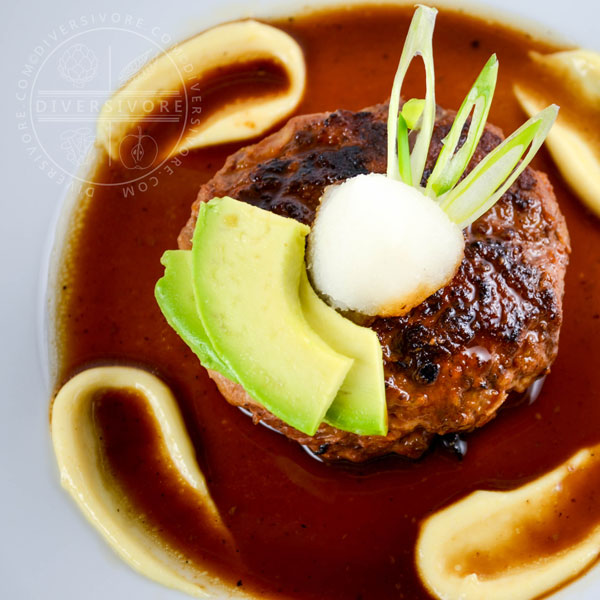

Wafu Hambagu with Ponzu
Modern Japanese soul food. This pork and beef patty is loaded with flavour, and cooked with the ponzu sauce above. It also features karashi mustard as part of an awesome condiment.
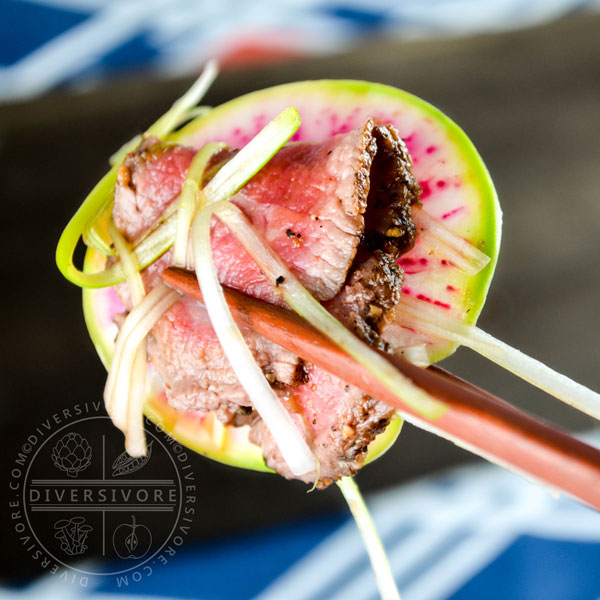

Beef Tataki with Ponzu
A simple and spectacular cut of beef is rubbed in a dried shiitake spice mix and seared briefly, then served with ponzu, scallions, and watermelon radishes.
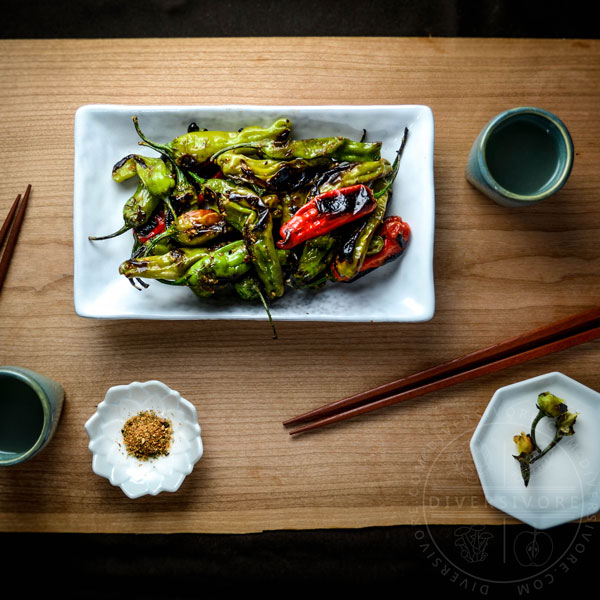

Charred Shishitos
With Sweet Togarashi Spice
Shishito peppers have exploded in popularity recently, and for good reason. They’re delicious, fun, and easy to work with. You’ll generally find them blistered and served with a bit of salt, but I decided to take a slight different approach here. These peppers are charred and served with a delicious, slightly sweet mirin glaze and shichimi togarashi.
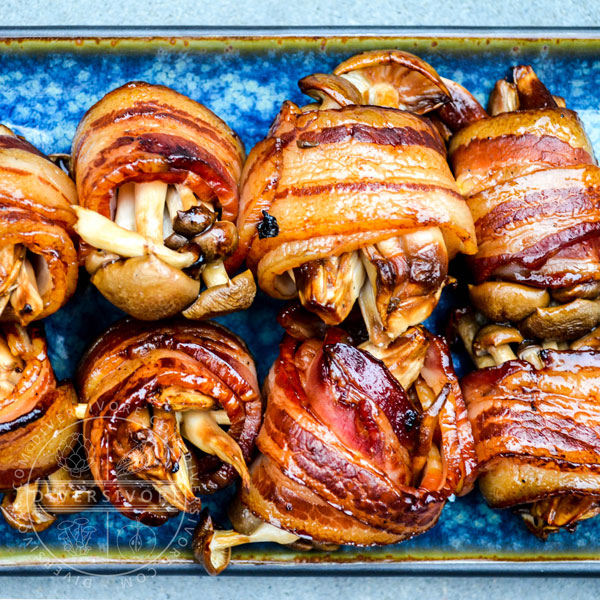

Bacon-Wrapped Shimeji Mushrooms
With Scratch Tare Sauce
I can’t emphasize enough just how good this simple recipe is. Scratch-made tare sauce (basically the sweet/soy glaze used to make teriyaki foods) is incredible and richly flavoured. It plays against the shimeji mushrooms and the thick cut smoked bacon perfectly.
Looking for More?
The pantry pages and recipes are always being updated, so make sure to come back to see what’s new! You can always stay update by following Diversivore on Facebook, Twitter, Instagram, and/or Pinterest. You can also subscribe for updates via email.
You can also check out some wonderful and educational literature in my post on 7 Essential Japanese Cookbooks. These are some of my favourite books on the subject of Japanese cooking and cuisine, and they’re all absolutely jammed with valuable information, not to mention wonderful recipes.
I’m also happy to mention some amazing content elsewhere on the web. My friend Dana runs the incredible pescetarian blog Killing Thyme, and her growing East Series includes wonderful scratch-made Japanese recipes featuring many of the ingredients here. Check out her Spicy Shoyu Ramen, Okonomiyaki, and Miso Ramen recipes!
I’m also very happy to recommend the incredible site Just One Cookbook by Namiko Chen. The recipes are incredible, and there’s a ton of wonderful information to help you learn to navigate (or dig deeper into) Japanese cooking.
頂きます!


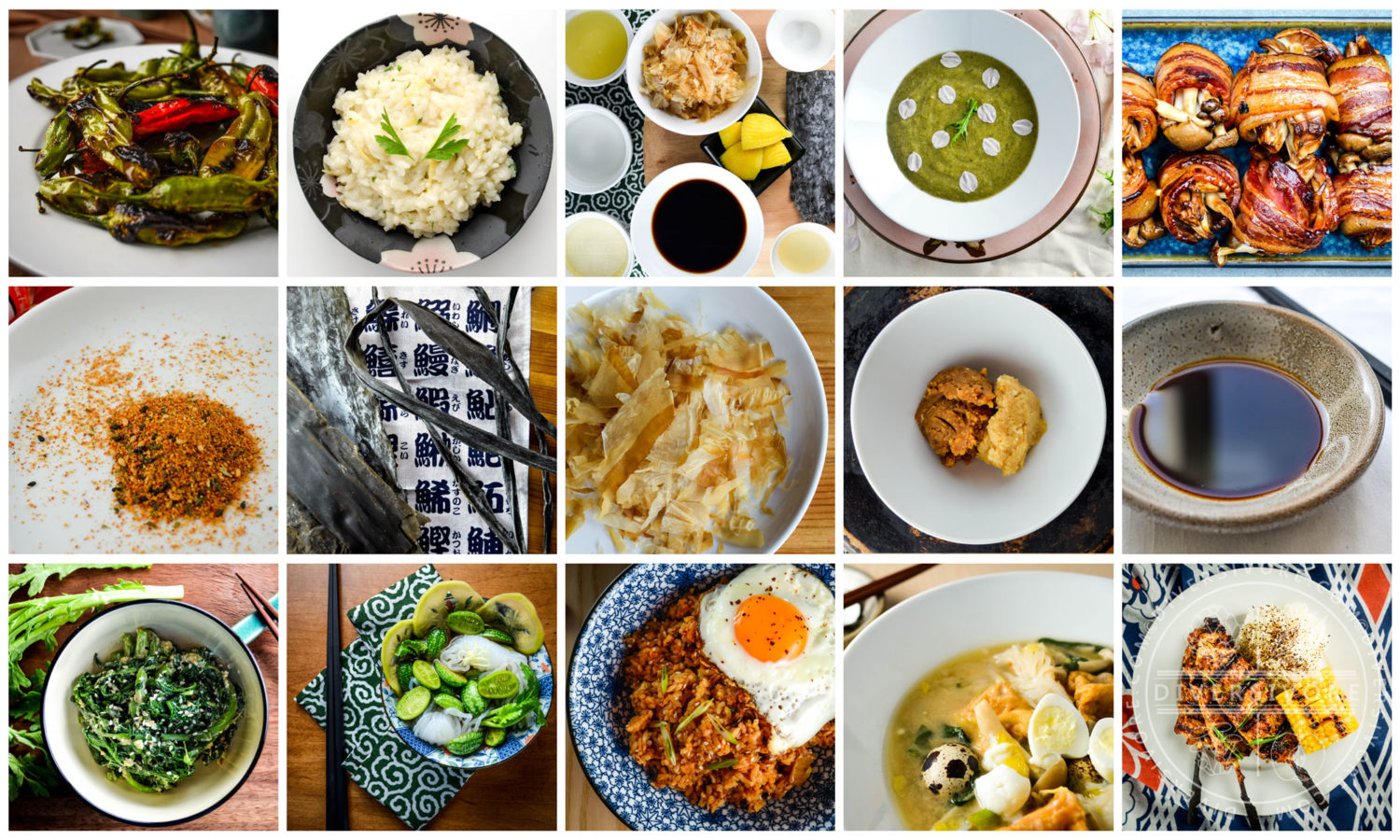

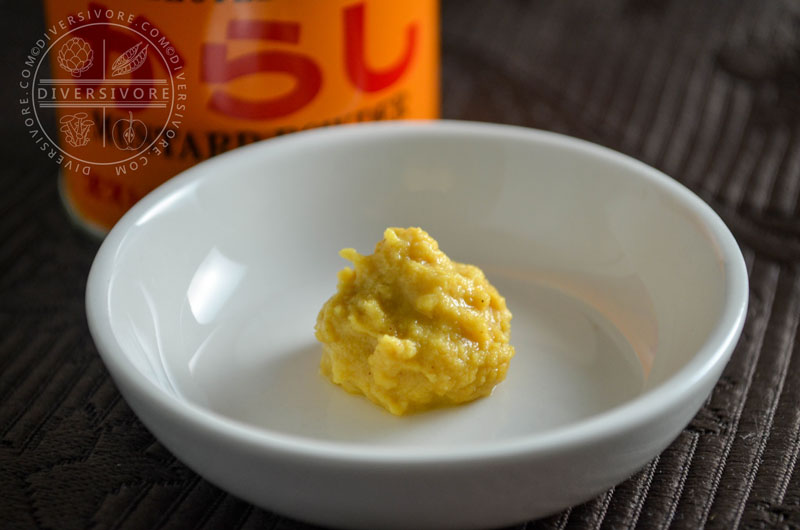
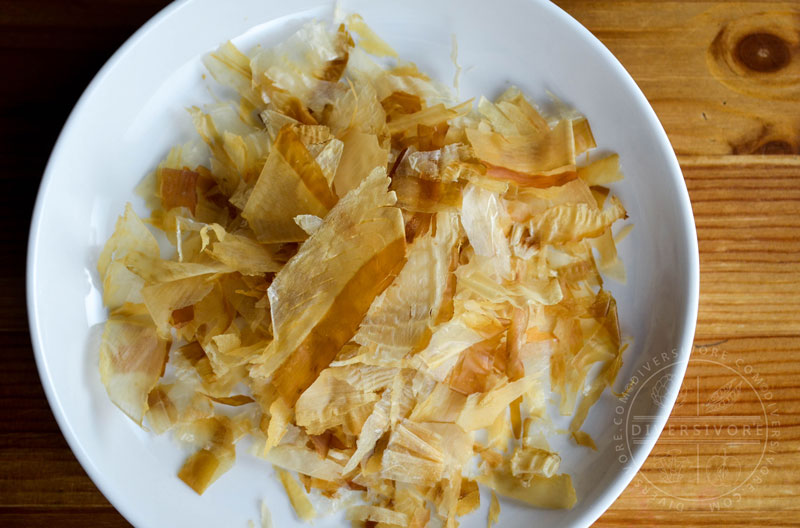
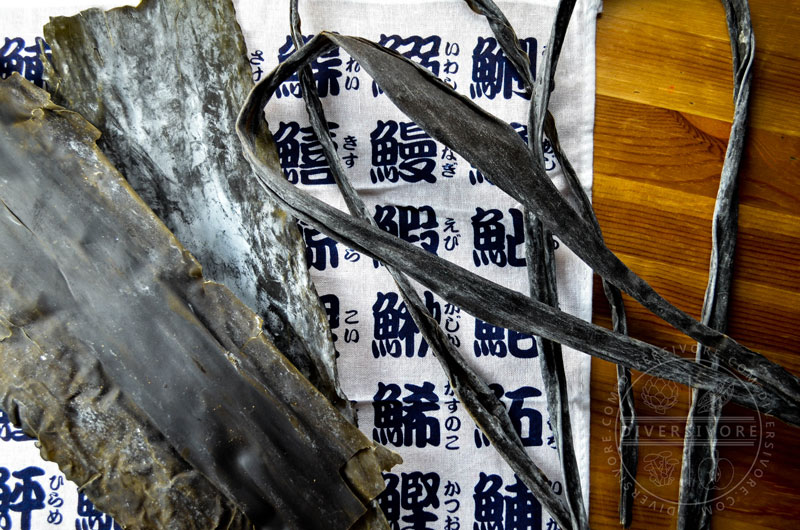
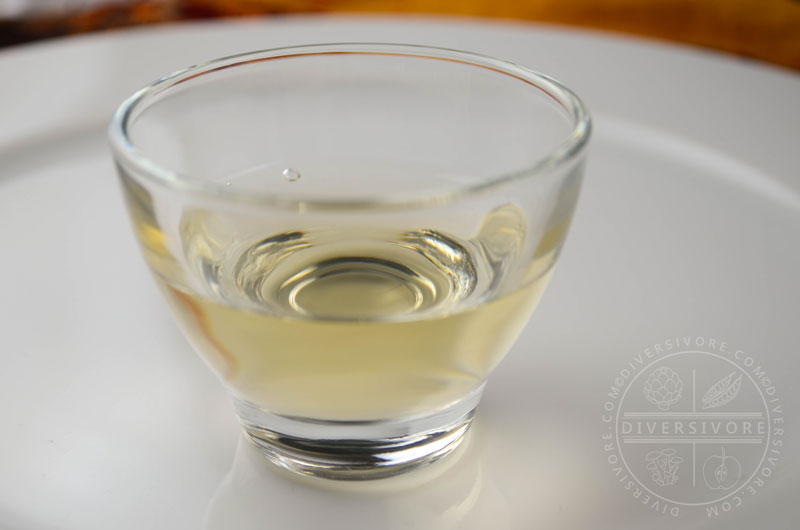
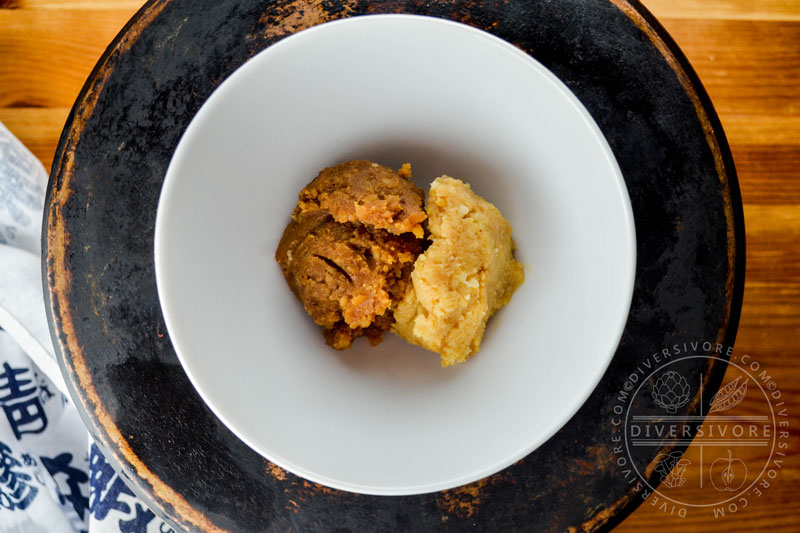
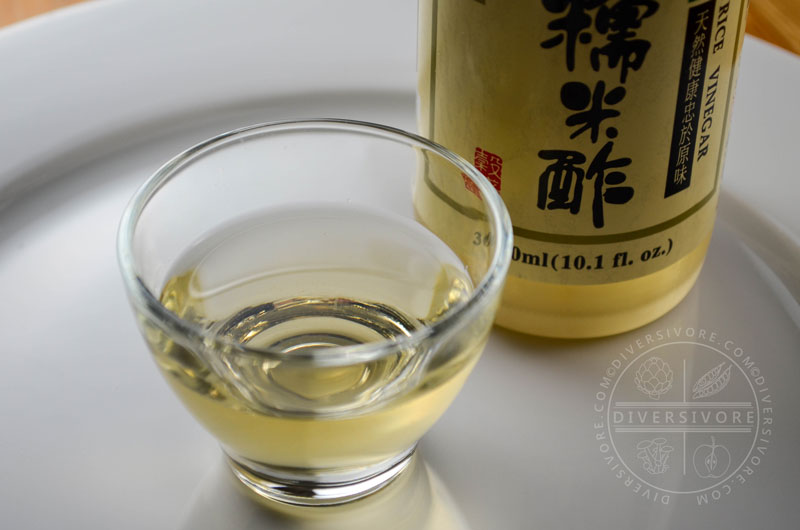
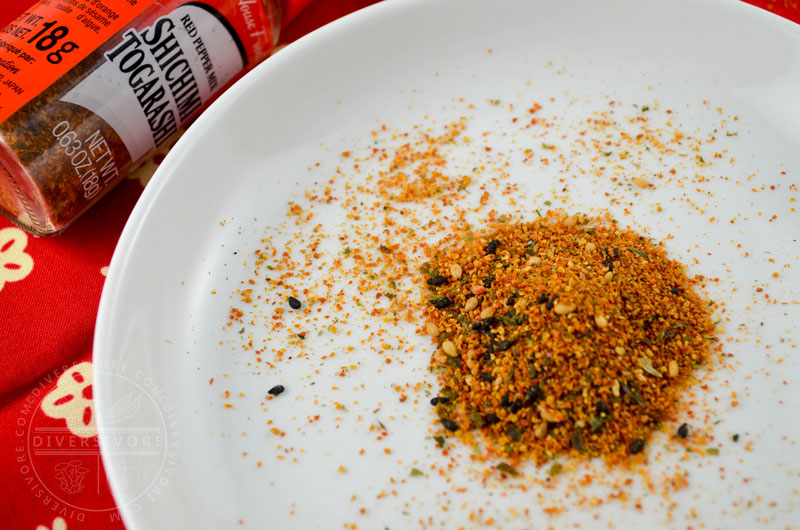
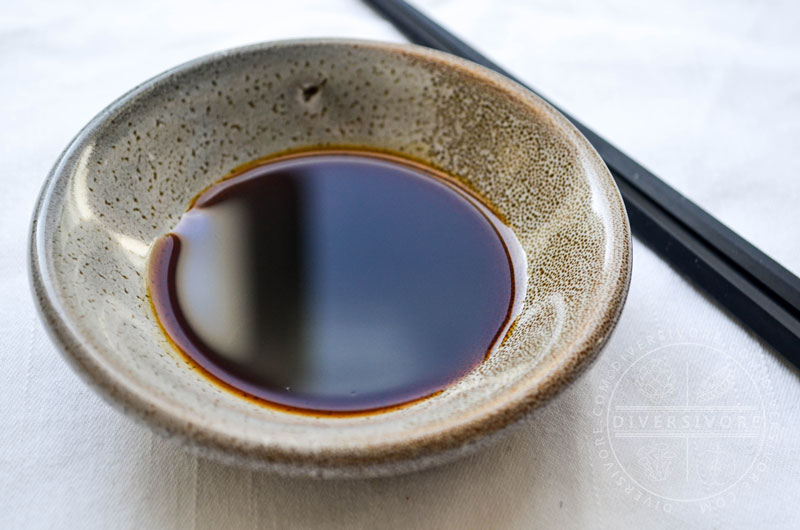
Comments
Pingback: AHI TUNA POKE BOWLS WITH CITRUS PONZU + SIRACHA AIOLI - JustineCelina